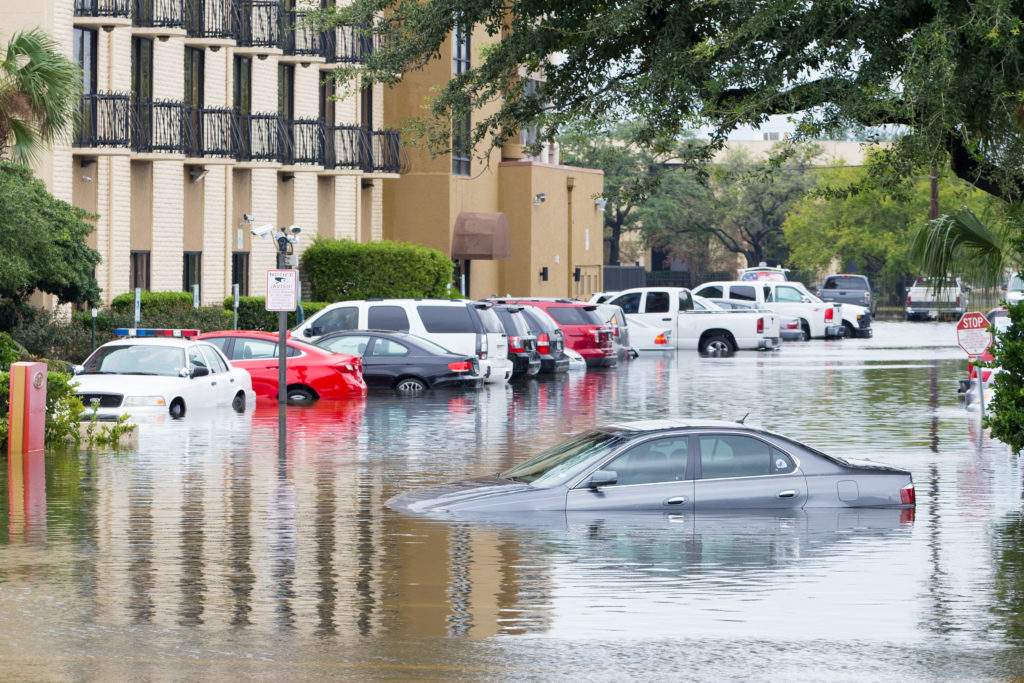
Many communities in the United States underestimate how much sea level will rise in their area, according to a new study in Earth’s Future led by Andra Garner, a climate scientist at Rowan University. Garner and colleagues compiled a database of the most recent regional climate projections in 54 locations across the continental United States and Puerto Rico and compared their estimates of sea level rise to the regional assessments published in the latest United Nations-appointed Intergovernmental Panel on Climate Change (IPCC) assessment report.
“Our goal was to find out what the guidance documents being developed by local stakeholders for local stakeholders are planning for, and then compare them to the state-of-the-art science,” said Garner, who hopes to identify and address gaps in how communities are using the most recent assessments of sea level rise in their policy decisions.
Garner found more than half of the surveyed locations in the United States underestimate the upper end of future sea level rise compared to the IPCC regional projections. The study was published in AGU’s Earth’s Future, which publishes interdisciplinary research on the past, present and future of our planet and its inhabitants.
“You do need to be preparing for those less likely but highly damaging scenarios,” said Garner. “It’s very costly to have planned for an amount of sea level rise that ends up being lower than what we see and then trying to retroactively adapt our infrastructure.”
In many cases, especially in Southern states, local policymakers rely on one average estimate of sea level rise for their area rather than accounting for more extreme scenarios. In those cases, policymakers do not account for the possibility of extremely high sea level, which results from greenhouse gas emissions as well as other factors, such as land subsidence. Additionally, they may not consider uncertainty around high-end scenarios for either sea level or emissions.
Focusing on one estimate “constricts the picture of what you are looking at,” which could leave local governments more vulnerable to the less likely yet still plausible and more damaging upper bounds on sea level rise, Garner said.
The IPCC projects that areas relying on the lowest estimates of sea level rise in their local assessments could experiences the country’s highest increases in sea level.
Including a range of possible sea level rise in local assessments could facilitate more flexible mitigation strategies that change depending on how risk-averse a specific project is. For instance, it might not matter that a park periodically floods, and its developers could plan around lower estimates of sea level rise. On the other hand, a hospital that periodically floods poses public health risks and could warrant planning its development around the upper estimates of sea level rise.
The good news for these communities is that IPCC regional assessments are “very accessible and readily available to anyone who wants it through the NASA sea level change portal,” according to Garner. “You can choose almost any point at any coastline around the world, click on that point and pull up the sea level projections there for any different number of emission scenarios to really see what the spectrum might be for your location.”

